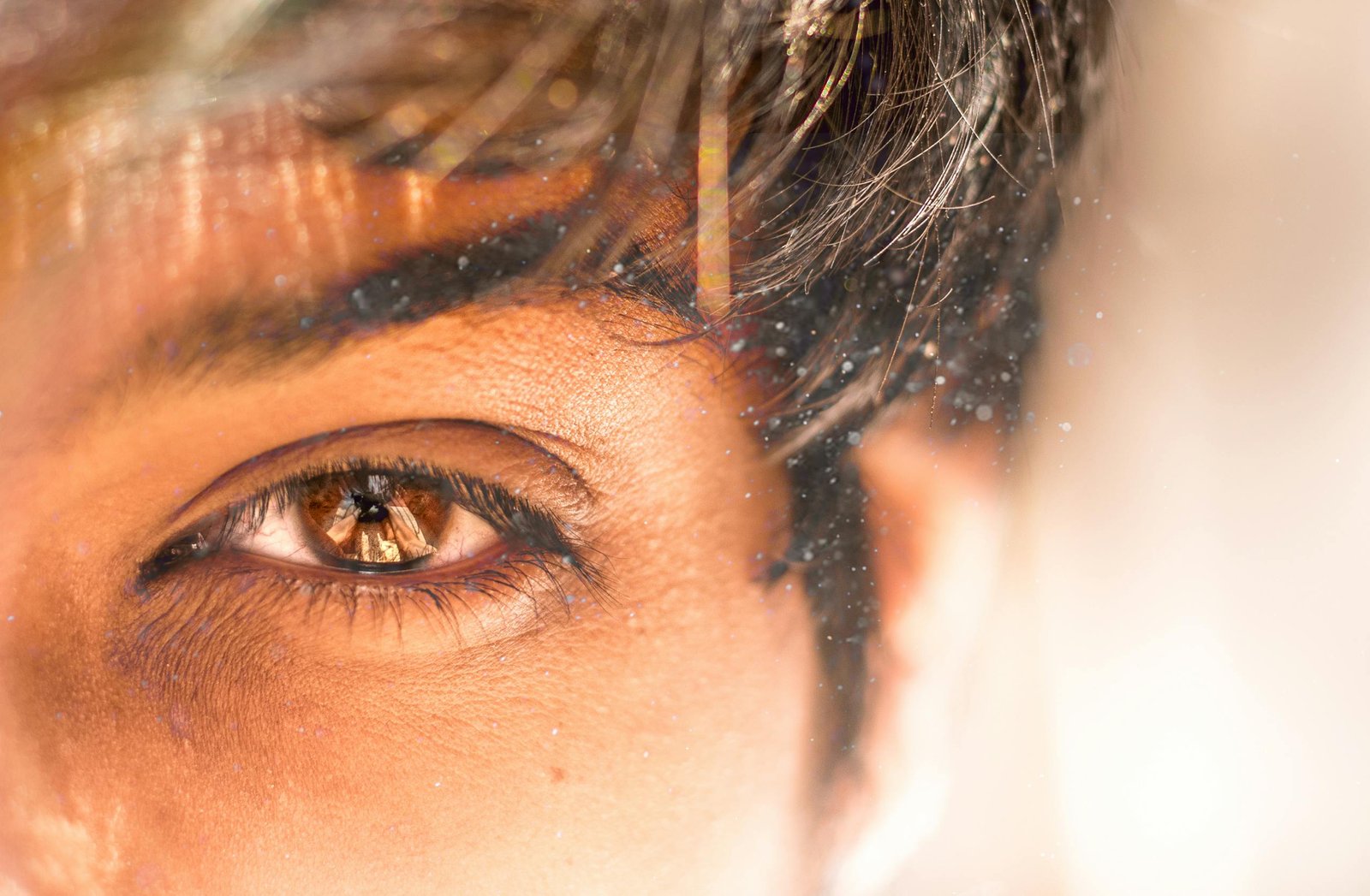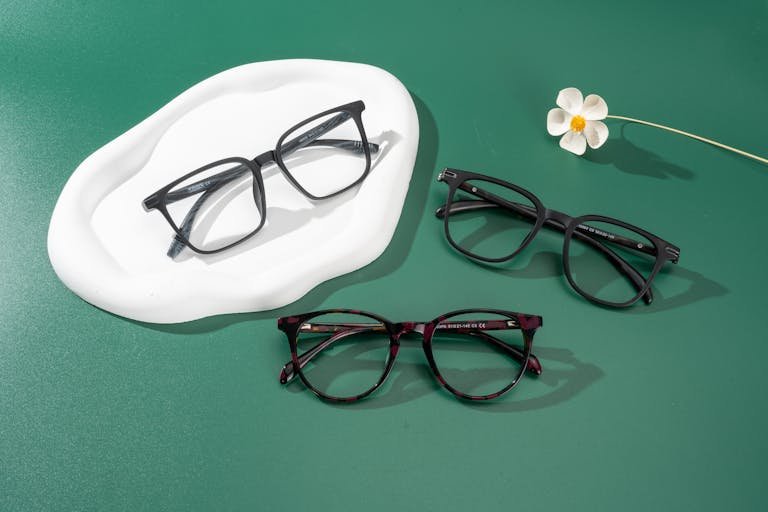RGP Lenses vs Soft Lenses: Clearer Vision, Healthier Eyes
Are you frustrated by blurred vision, your eyes drying up, or the soft contact lenses hurting, and you have tried soft lenses but still have trouble? Well, then you are not alone. I was no different and found Rigid Gas Permeable (RGP) contact lenses. They used to feel strange at first, but now they are the last thing I would want to lose. They made me see the world differently, literally.
In this blog post, I will take you through all that you need to know bout RGP lenses, how they work, their impressive advantages, how to maintain them, and their possible effect on your eyes, and how they may become just what you need.
Want vision enhancement, durability of lenses, and improved eye health? Read on! I wrote this guide specifically with you in mind, and it is built on my personal experience with RGP lenses.
What Are RGP Lenses?
Rigid Gas Permeable lenses are also known as RGP lenses. RGP are small, thin, and rigid types of contact lenses manufactured from plastic materials with the ability to permit the passage of oxygen to your cornea. They do not collapse in your tears like soft lenses and instead mimic a more stable vision with clearer vision in case you have astigmatism, keratoconus, or corneas that are not smooth.
Changing to RGP lenses, to my amazement, stabilized my vision and significantly sharpened it as well. They come in handy, especially when you are astigmatic, have keratoconus, or have dry eyes.
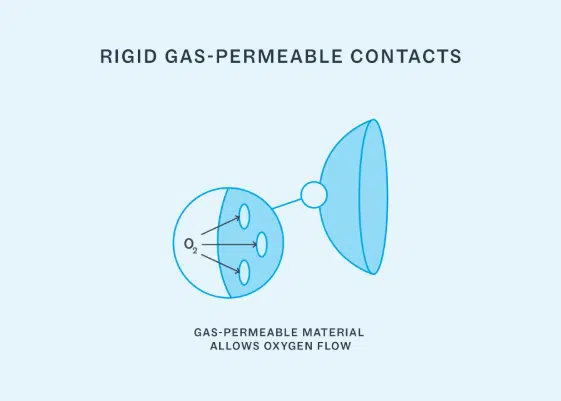
How Do RGP Lenses Work?
1. Creates a Clear Optical Surface
These lenses lie on a thin film of your tears that flattens the corneal abnormalities. This provides you with sharp and steady vision, even in dim light, such as driving at night.
2. Oxygen-Friendly Materials
The materials used in producing RGP lenses (silicone acrylate and fluorosilicone acrylate) enable a free movement of oxygen to your eyes. Your eyes become whiter, healthier, and hydrated.
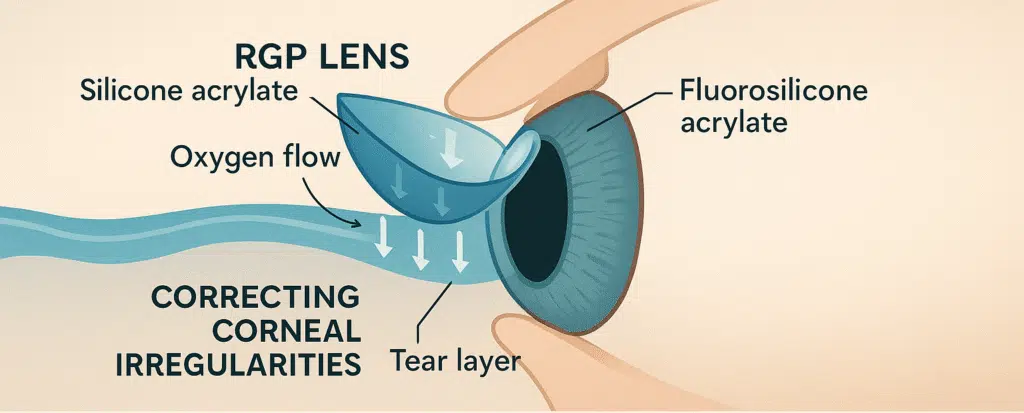
Downsides of RGP Lenses
RGP lenses are not without their problems, and I do not want to sugarcoat them, so you cannot take an educated decision.
1. Adjustment Time Is Real
The first time I wore them, I kept getting the feeling that I had something in my eye. Adaptation took approximately 10-14 days. After a while in which my eyes adjusted to them, however, they seemed normal.
2. They Can Pop Out
RGPs tend to fall out of your eyes as they are smaller than the soft lenses, and when you rub your eyes or play games. But when you figure out how to blink softly and shove them in the right place, then this is quite infrequent.
3. More Doctor Visits Initially
To find the best fit, there should be a couple of visits to your eye specialist. But not to worry, it is worth it. A well-fitting RGP lens is nothing at all.
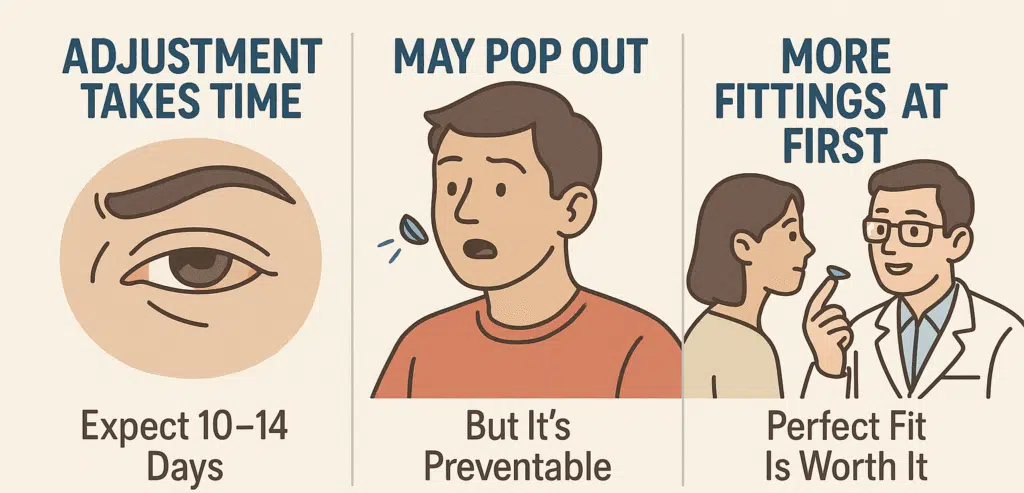
Read Also: CYL in Eye Prescription: Does It Mean You Have Astigmatism?
Top Benefits of RGP Contact Lenses
RGP lenses have incomparable benefits in case you care about your eyes.
1. Superior Vision Clarity
I saw how much clearer it is. Such minor details now looked sharper. The lenses will provide the missing vision sharpness in case you have astigmatism or corneal problems.
2. Healthy Eyes with More Oxygen
Your Eyes must have air. RGP lenses also enable more oxygen than the soft ones since the eye is not covered as a whole. I barely have dry eyes, even in the longest hours.
3. Long-Term Durability
A careful use of these lenses lasts 1-2 years. I have saved money overall as opposed to having to replace soft lenses every month. RGP: If you are cost-sensitive and want performance that lasts, RGP is the answer.
4. Naturally Resists Infections and Buildup
They do not absorb water, such as soft lenses, so they do not resist protein deposits, allergens, and bacteria. This will translate to fewer infections and problems on your part.
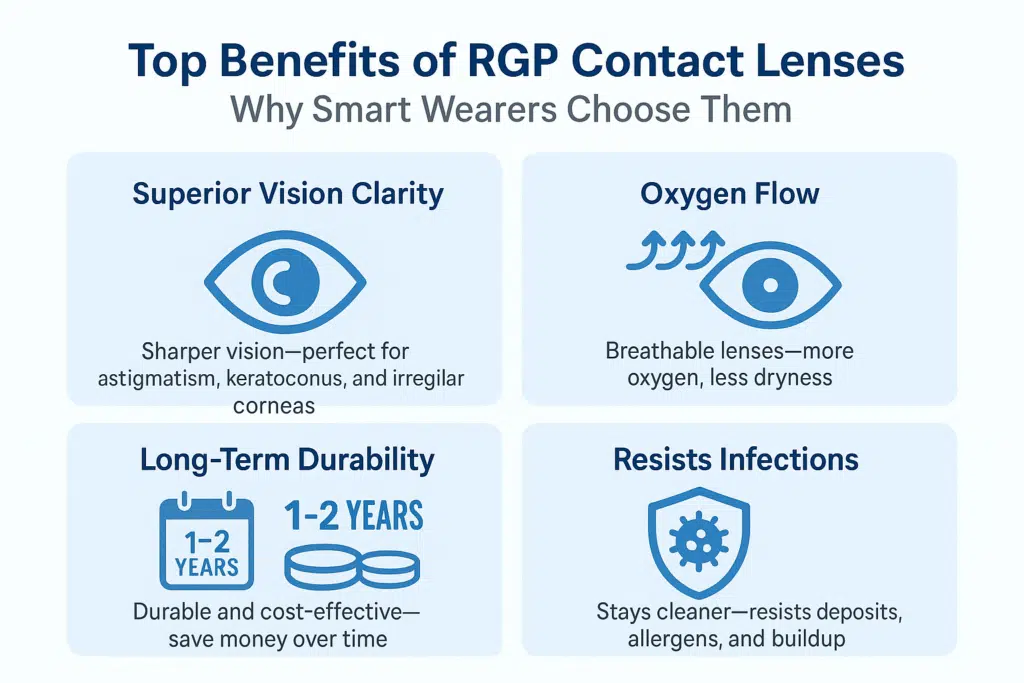
How to Take Care of RGP Lenses
Following your RGP lenses properly will ensure that they remain clean, safe, and comfortable. This is my specific regimen, and yours should be:
1. Clean Every Night
After taking them out, I use an RGP solution to clean them. Don’t use tap water too high-risk.
2. Disinfect Overnight
You should place the lenses into some disinfecting solution each night. That sterilizes and prepares them against the following day.
3. Rinse Before Inserting
I take them in the morning and wash them with saline solution, and apply them to my eyes. This avoids irritation and makes it more comfortable.
4. Keep Hands Clean
Remember to never touch your contacts with your bare hands; first wash and dry them. Long toes or thumbs and rough treatment.
5. Replace the Case Regularly
Replace your lens case once/twice a month. It is a simple measure that can avoid infections.
Who Should Try RGP Lenses?
Not every person can wear these lenses–but you may be their dream candidate in case you:
1. You Have Irregular Vision Problems
RGPs are the best when it comes to correcting an abnormal cornea or keratoconus. In case soft lenses have not worked out, then this may be the answer.
2. You Want Crystal-Clear Vision
When you require clear vision on the road, during studies, or at work, no other lens is as sharp as RGP lenses.
3. You Have Dry or Sensitive Eyes
Soft lenses dry out fast and absorb moisture. RGPs do not—so are way more comfortable in dry climates.
4. You’re Committed to Eye Care
Provided that you do clean them and take good care of them, a pair of RGP lenses will pay you off in terms of very long-term vision consistency and comfort.
5. You Want to Save Money Over Time
RGP lenses are cheaper in the long run, though they are initially expensive. I can’t recall the last time I had to purchase a new pair, and it has been more than 18 months.
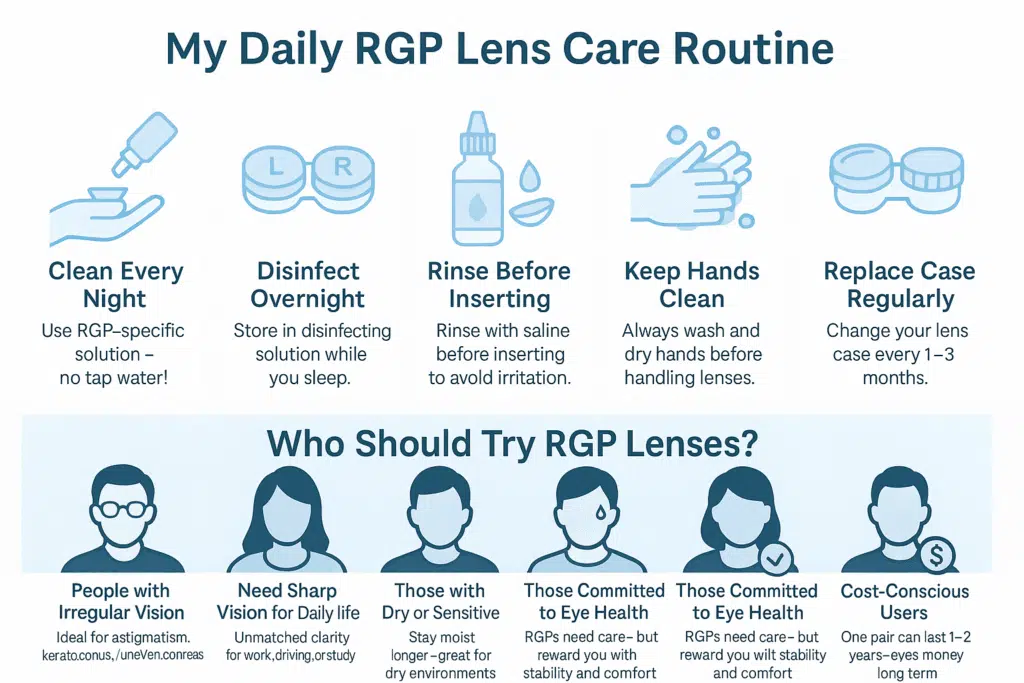
FAQs
1. What is Rigid Gas Permeable?
RGP lenses are stiffer than permissible for oxygen contact lenses, which offer good, stable vision and a healthier eye in contrast to soft ones.
2. How many hours can I use RGP lenses?
With the eyes adjusted, you can wear your RGP lenses 10-14 hours a day.
3. What is RGP material?
The manufacturing of the RGP lenses is done with oxygen-permeable plastic like silicone acrylate, which provides healthy and hydrated eyes.
4. What are RGP lenses made of?
RGP lenses are constructed out of hard, breathable plastic that retains shape and is resistant to deposits.
Read Also: Where Should Glasses Sit on Your Nose? Find Out Now
Final thoughts
If you’ve been having issues with poor vision, Dry Eye, and hour after hour lens discomfort, I understand how Frustrating that could be. I, too, experienced all these same trials till I tried Rigid Gas Permeable (RGP) lenses, and they transformed the way I see everything.
These lenses are not just any other vision product, but an intelligent, long-term solution that provides you with improved clarity and vision health, and comfort that will last.

